This L.A. Wildlife Rescue Center is a Haven for Injured Sea Lions and Baby Song Birds
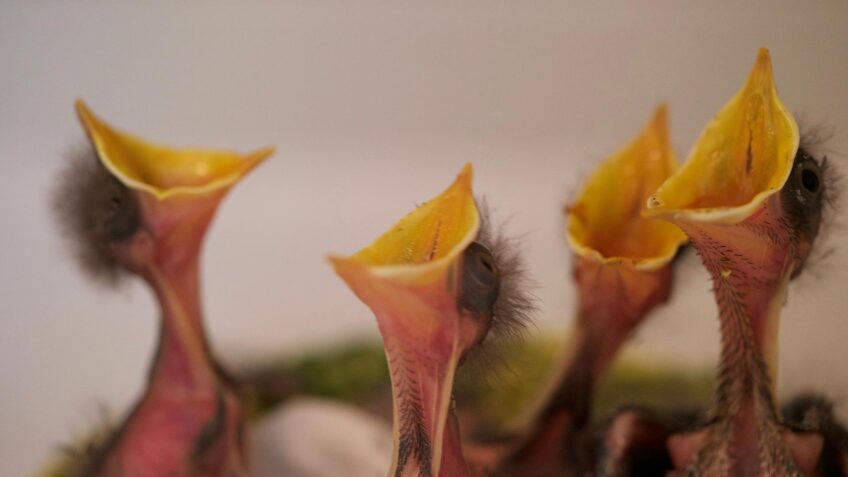
Watch the series, "Backbone Trail," featuring the California Wildlife Center, available online. A new episode will be released every Friday through September 8.
Tucked in a portion of the Santa Monica Mountains is a wildlife rescue center where they care for 4,300 animals annually — from sea lions to baby song birds. This is the California Wildlife Center. They’re located on 3.5 acres of state park and have been a haven for injured and displaced native animals for nearly two decades.
“We were founded in 1998 by a group of volunteers to help native California animals,” Jennifer Brent, executive director of the center says. “We don’t work with companion animals or exotics so don’t bring your ferret or your dog to us.”
Their full-time staff of ten sees 300 marine animals a year and 4,000 terrestrial and avian species. Seventy-three percent of the animals are song birds. Half of the animals are babies, from baby skunks to baby lizards that were separated from their parents during some point. Most of the others are injured animals. The site can accommodate 400 animals at a given time.
“We’ll get anything from a deer that was struck by a car or a bird that was shot,” Brent says.
For two decades, they’ve treated roughly 48,000 California animals.
A third of their funding comes through grants, the rest is through events and contributions.
The rescue center is a tour de force in the greater Los Angeles area, as urbanization continues to encroach into the surrounding wilderness areas. According to a 2005 study by the National Wildlife Federation, Los Angeles County ranks third in counties in fastest growing large metropolitan areas with the largest number of imperiled species.
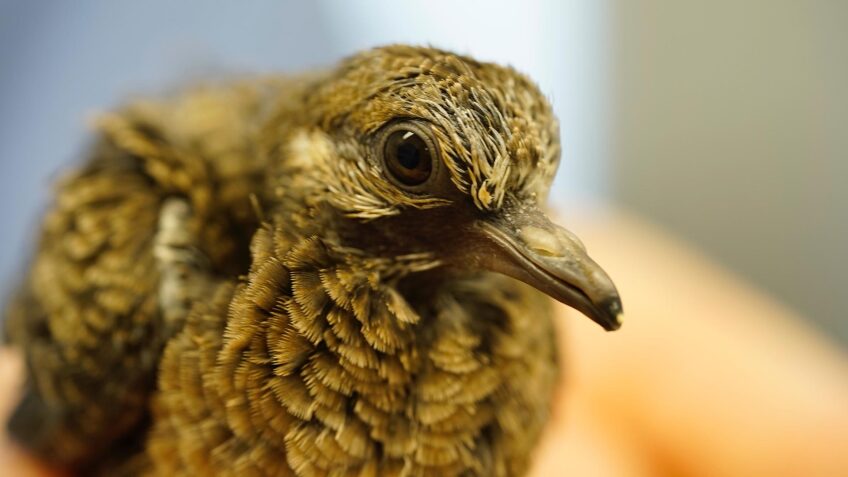
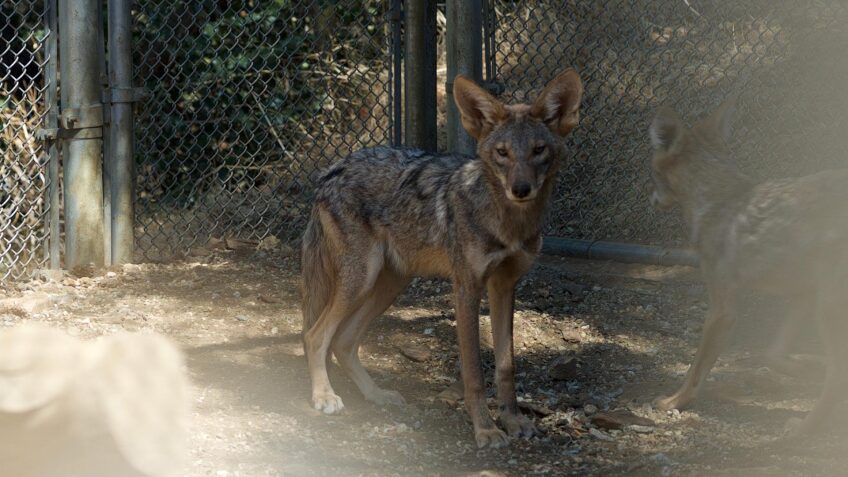
Brent says that human trash and rodenticide (rat poison) are some of the main issues in the displacement of wild animals.
“The way that rodenticide works is that it’ll kill the animals but lets the animal live long enough to get out of their home. If that animal is eaten by a hawk or a coyote, it depresses [the predator’s] entire immune system and then those animals die a slow and inhumane death,” Brent says.
Trash can disable animals, often leaving small animals stuck in yogurt containers or dependent on urban sources of food.
“It’s important to securely close your trash. There’s a lot of fear-mongering about coyotes, for example. Folks just need to be conscientious about their trash. Wild animals aren’t looking for an opportunity to bite you. They want to avoid you,” she says.
Marine animals have had an especially rough time. In 2013, the National Oceanic and Atmospheric Admiration declared an unusual mortality event for California sea lions, due to a declining availability of sardines which is one of their primary food sources.
“We were getting 30,000 calls a year,” Brent says. “They were starving and emaciated.”
When the animals are taken into the center, they go through a customized recovery plan, where they have access to a full surgical suite.
Baby elephant seals and California sea lions that are separated from their mothers are given fish smoothies. Birds who suffer muscle damage are given a leather vest, where they’ll have to pass a series of flying tests before they are released out to the wild. Injured squirrels are put in a group and are released together.
“They’re very social animals,” Brent says of the squirrels.
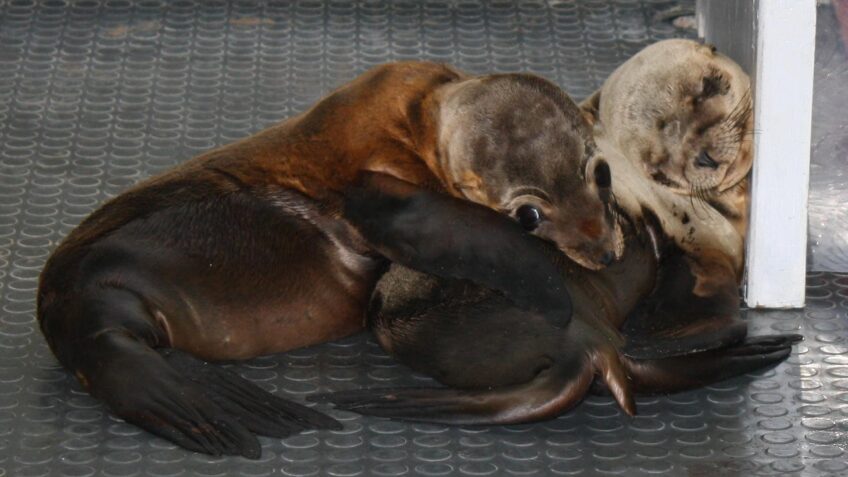

More from "Backbone Trail"
There are two herds of deer in Los Angeles, she notes, and when a deer is released, they are put back into their respective herd.
“The longest recoveries are generally when they’ve been hit by a car. We had a fox that had been struck by a vehicle and was with us for about four months. Our goal is to have the animal really thrive once they are released,” she says. Animals are released roughly two to ten miles from where they are found.
The animals that can’t survive on their own in the wild are euthanized.
“We can’t save all of them. Our vet has been with us for ten years now and he is one of the leading wildlife vets in the United States. If he makes the diagnosis that an animal isn’t viable then that’s a prognosis I’m going to believe,” Brent says. “People get emotionally invested in an animal and don’t bring it to us right away. It had a broken leg and you let it sit for three weeks. At this point, it’s not going to survive. It’s illegal to keep a California species for more than 24 hours. The challenge is educating folks to do the right thing at the right time.”
She tells a story of a woman who cared for 100 song birds and ended up feeding them ground up dog food because the internet had told her to.
“Google had given her information that was completely untrue. Every single one of those animals died,” she says. “I understand where she was coming from but the right thing is to bring it to an expert.”
Her biggest tip for Angelenos: to be respectful of the environment.
“Trim your trees when there aren’t animals in it. Be mindful of your trash,” she says.
“Geologically speaking, we’re all new to this area.”
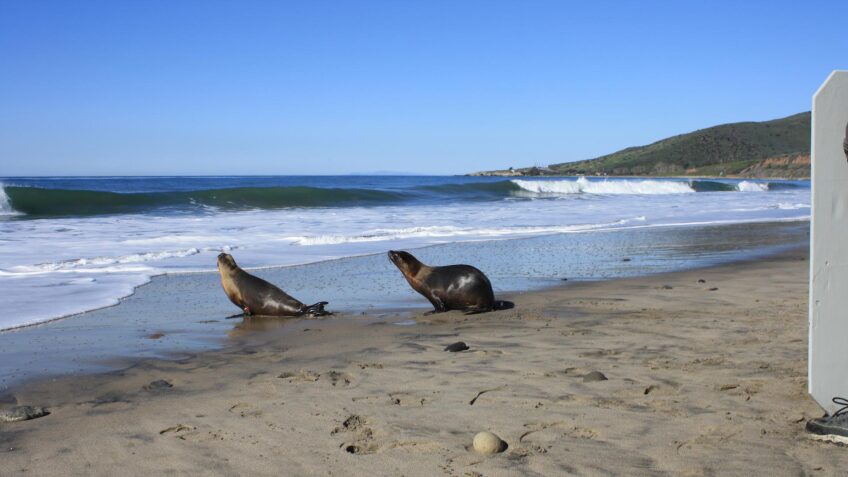

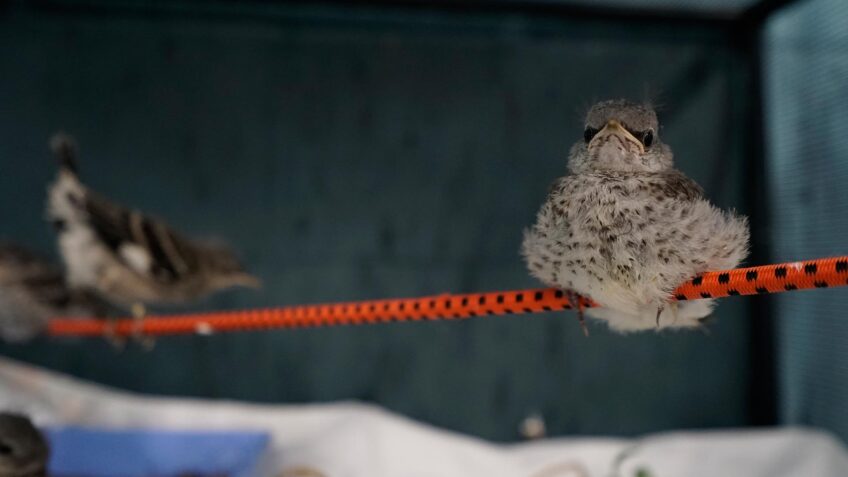
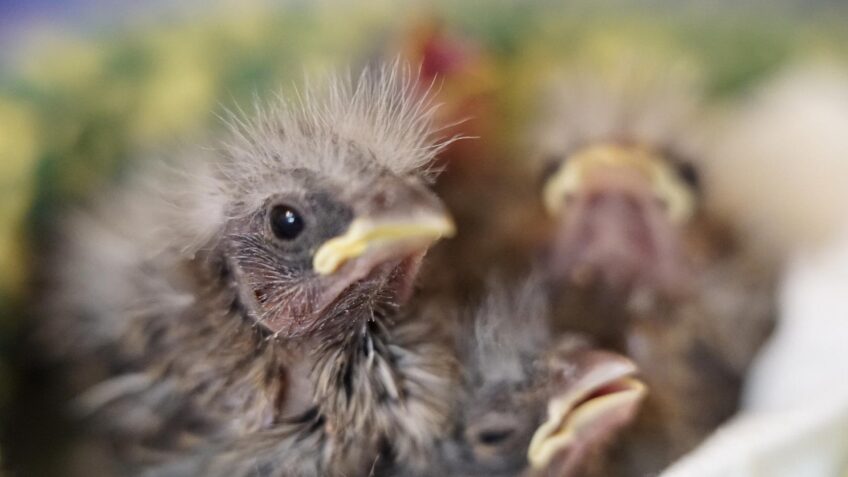

Top Image: California Wildlife Center | Jamie Leilani Pelayo

